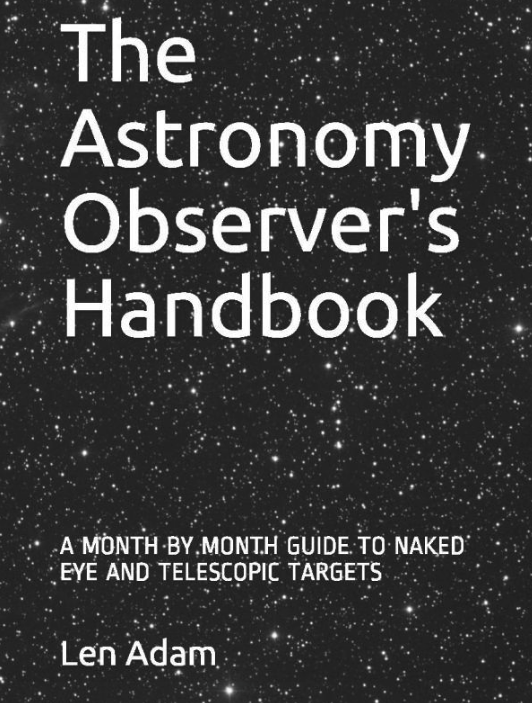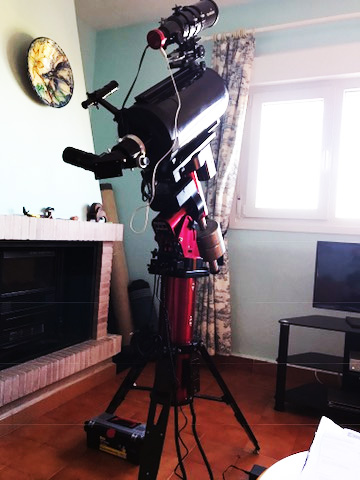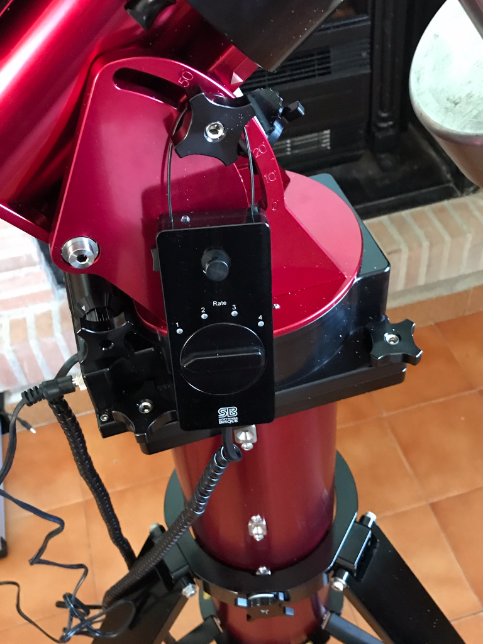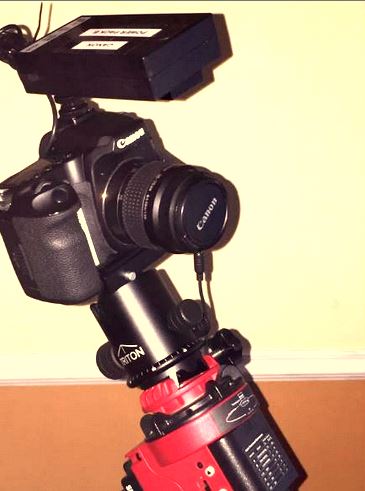Messier 13 Globular cluster in Hercules
 Tuesday, October 8, 2019 at 6:12AM
Tuesday, October 8, 2019 at 6:12AM Surely M13 has to be one of the most spectacular globular clusters on Messier’s List. With an approximate diameter of 20 minutes of arc it appears as a massive ball of stars. M13 had originally been discovered in 1714 by Edmund Halley of Halley’s Comet fame, but was catalogued by Messier 50 years later on June 1st 1764.
Messier commented about M13: “Nebula without star, discovered in the belt of Hercules; it is round & brilliant, the center [is] more brilliant than the edges, one perceives it with a telescope of one foot; it is near two stars, the one & the other of 8th magnitude, the one above and the other below it: the nebula ['s position] was determined by comparing it with Epsilon Herculis.” (SEDS). M13 can be visible to the naked eye in dark skies as pointed out by Halley himself. Reverend Webb regarded it as being “ spangled with glittering points in a 5 ½ foot achromat, becoming a superb object in large telescopes”.
Messier 13 lies at a distance of 25,100 Light Years from us. (SEDS) This is roughly one quarter of the distance of the major axis of our Galaxy. The negative image shows foreground star Tycho 2588:1662, which has a magnitude of 10.99 and lies at a distance of only 72 Light Years. The cluster members appear fainter than this star in the region of 12th magnitude. There have been many calculations over the years as to the number of stars in this globular cluster - perhaps you could try your own estimate from the photograph! The cluster subtends an angle of 20 minutes of arc at a distance of 25,100 Light Years. My rough calculations based on these figures give an approximate diameter of about 150 Light Years.


 [Your Name Here] | Comments Off |
[Your Name Here] | Comments Off | 







